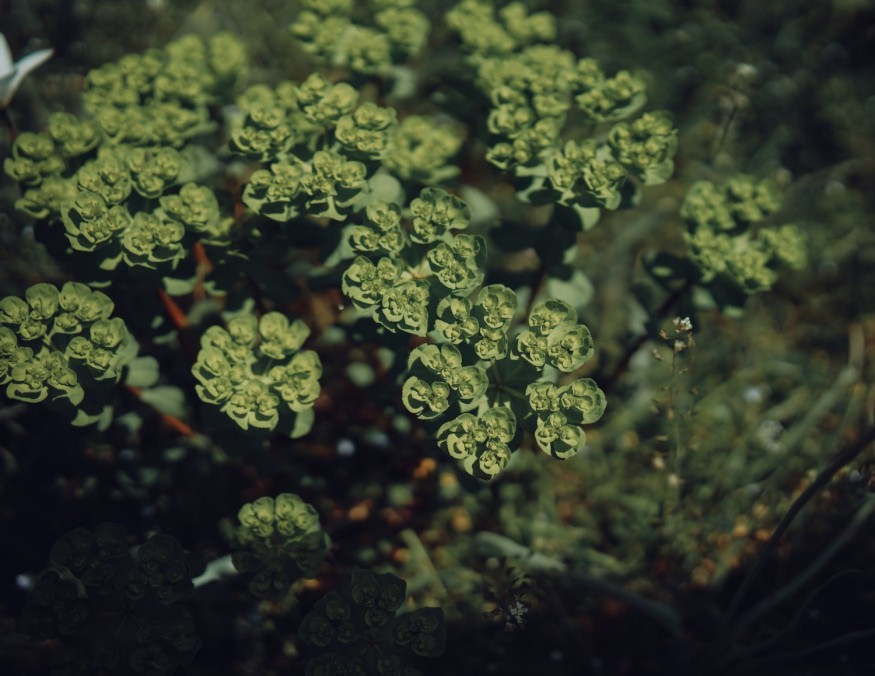
A specific plant was discovered to have moved, seemingly like a trip, million years ago.
An entry posted on Phys.Org stated that a group of the spurge, or Euphorbiaceae, had transferred and relocated from ancient South America to Australia, Asia and some parts of Africa. This latest conclusion was based on the fossils that were unearthed by scientists in Argentina.
Results of the study have shown that the spurge family's Macaranga-Mallotus clade (MMC) could have first appeared in the South America during the time when it was still part of Gondwana or the supercontinent that initially included South America, Antarctica, and Australia.
This species of spurge was believed by scientists to have Asian origins.
Findings of the study
Geosciences Professor Peter Wilf explained that the spurges could have tracked the moving continents from South America to Asia and even to the other side of the world. Wilf said that this specific group of spurge is common in tropical rainforests that are situated in Africa, South America and especially in Asia.
"You can't go much farther than that without leaving the planet. We've seen this pattern in many other plant groups we've found as fossils in South America like kauris, Asian chinkapin and yellowwood trees. Altogether it is the most dramatic evolutionary biogeography story I've ever seen," Wilf said in the Phys.Org report.
This could have been done by these spurges because they were capable of adapting to the evolutionary challenges in various environments.
According to research, the MMC is commonly seen along roadsides and in burned areas. The MMC's plants are often described as having "large, umbrella-like leaves that provide abundant shade, and they provide nutritious seeds for animal forage."
"The MMC is widely distributed, but prior to this research they've never been found growing naturally in the Americas," Wilf said.
This movement can actually tell something about environmental changes through the course of time, the plate tectonics as well as the biogeography.
Read Also : Scientists Shocked After Discovering A Well-Preserved Plant Fossil Deep Under Greenland Ice
Importance of studying plant fossils
An entry posted on Wildlife SOS noted that studying about the plant fossils has been useful as it was able to provide answers about the Earth's geological and ecological history. The history of the climate in one area could also be known through the help of studying the plant fossils.
In palaeobotany, one could learn about the types of vegetation that were found and had existed during a specific period of time.
This specific study also disclosed information and knowledge about past vegetation as well as the evolutionary history of plants. A specific and useful method to help in understanding the nature of past vegetation is through phytogeography or the study about the distribution of plants since prehistoric times.
Through this, the researchers can establish the correlation between the plant fossils and their surrounding environments and to interpret the past climate in a specific area.
This kind of findings on fossils can also serve as a warning that the natural world that we rely on is "extremely resilient but cannot keep up with us."
Related Article : Leaf Fossils in Borneo Reveals Rainforest Biodiversity in the Island 4 Million Years Ago
Related Video:
© 2025 NatureWorldNews.com All rights reserved. Do not reproduce without permission.





